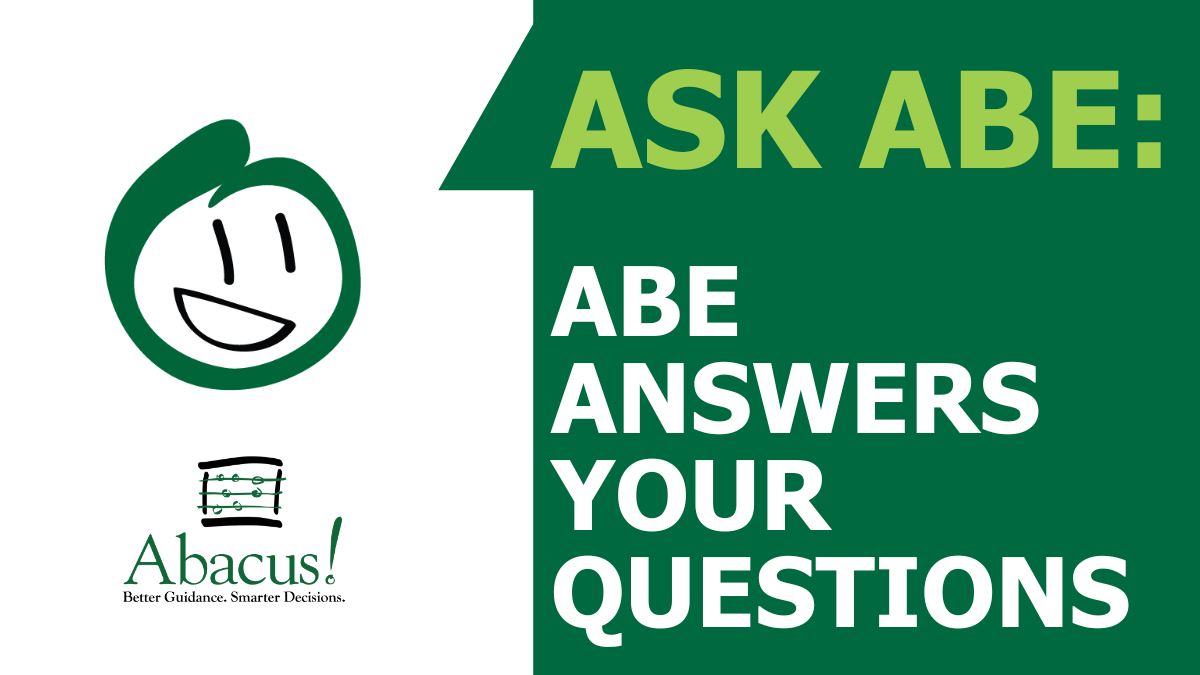Cross-training should do more than create backup—it should build flexibility, confidence, and growth opportunities for your team. But without a plan, cross-training can feel random, overwhelm employees, or fail to create consistent results.
Looking to start or strengthen your cross-training program? We’d be happy to help you create structured plans, training guides, and even manager coaching. Contact Abacus! at (417) 823-7171 or info@abacuspro.com.








